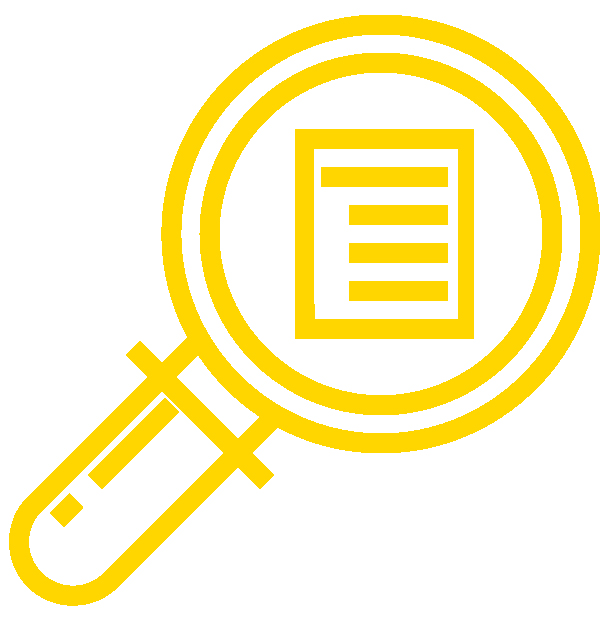
The content, assignments, and assessments for Calculus II are aligned to the following learning outcomes. A full list of course learning outcomes can be viewed here: Calculus II Learning Outcomes.
Module 1: Use basic integration techniques to calculate area
- Apply summation rules
- Interpret definite integrals
- Explain the Fundamental Theorem of Calculus
- Use the net change theorem
- Apply substitution to indefinite and definite integrals
- Integrate functions involving exponential and logarithmic functions
- Integrate functions resulting in inverse trigonometric functions
- Approximate integrals when the antiderivative is impossible to calculate
Module 2: Apply integrals to geometric application, physical application, and modeling problems
- Calculate the areas of curved regions by using integration methods
- Find the volume of a solid of revolution using various methods
- Compare different integration methods for determining volume
- Calculate the arc length of a curve and the surface area of a solid of revolution
- Quantify mass, density, work, force, and pressure using integration
- Determine the center of mass in various dimensions
- Apply integration and derivatives to exponential and natural logarithmic functions
- Apply the exponential growth model to explain real world concepts
- Use integrals and derivatives to evaluate hyperbolic functions
Module 3: Perform additional integration calculations and approximations
- Apply the integration-by-parts formula to solve indefinite and definite integrals
- Solve integration problems involving trigonometric functions
- Solve integration problems involving trigonometric substitution
- Identify linear and quadratic factors in rational functions
- Solve integration problems using alternative strategies
- Use numerical integration techniques to determine the accuracy of integrals
- Evaluate improper integrals
Module 4: Develop methods to solve differential equations
- Analyze differential equations and their solutions
- Evaluate direction fields of first-order differential equations
- Apply separation of variables to differential equations
- Interpret the results and solution curves of logistic equations
- Solve first-order linear equations
Module 5: Understand infinite series and how to use them to evaluate functions
- Evaluate sequences by determining the formula, the limit, and the divergence
- Interpret infinite, geometric, and telescoping series
- Use the divergence and integral tests to determine the convergence or divergence of a series
- Use the comparison test to determine the convergence of a series
- Assess alternating series by testing for convergence and estimating the sum
- Apply the ratio and root tests to a series
Module 6: Represent functions using power series
- Use power series to represent functions and determine convergence
- Apply the properties of a power series
- Examine Taylor and Maclaurin series
- Apply Taylor series to solve differential equations and nonelementary integrals
Module 7: Describing curves through parametric equations and polar coordinates
- Identify parametric equations
- Apply calculus to parametric equations
- Understand polar coordinates and their application
- Determine area and arc length in polar coordinates
- Distinguish properties of parabolas, ellipses, and hyperbolas
Candela Citations
CC licensed content, Original
- Learning Outcomes. Provided by: Lumen Learning. License: CC BY: Attribution
CC licensed content, Shared previously
- Magnify. Authored by: Eucalyp. Provided by: Noun Project. Located at: https://thenounproject.com/term/magnify/1276779/. License: CC BY: Attribution
